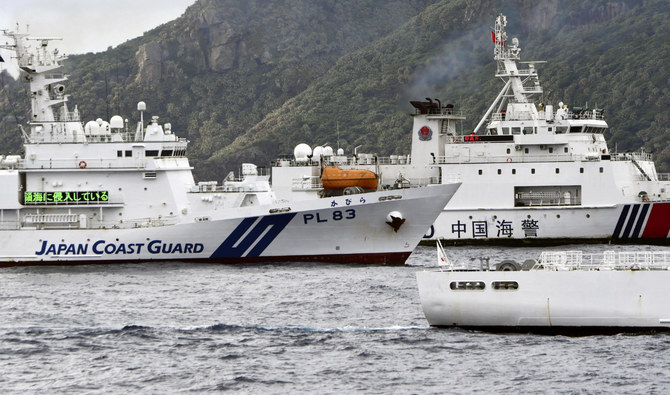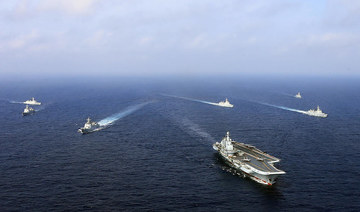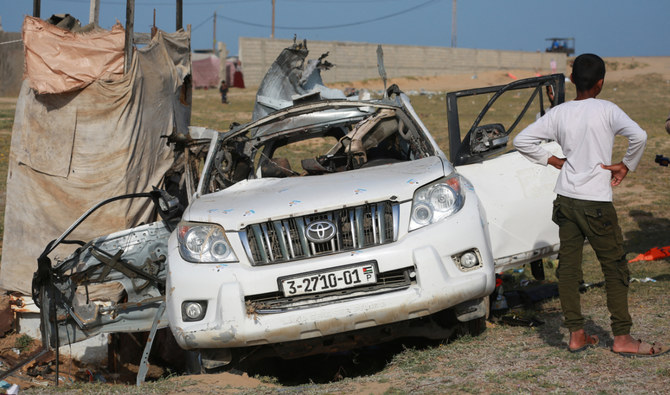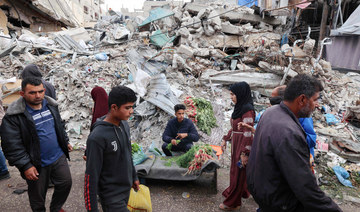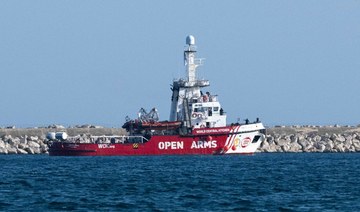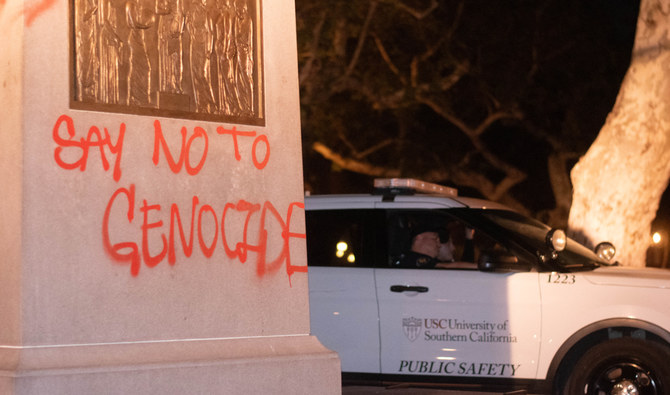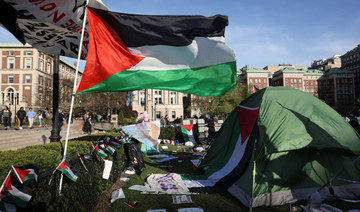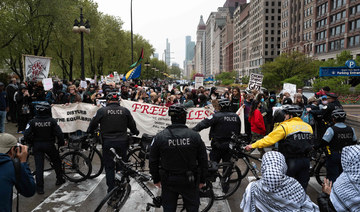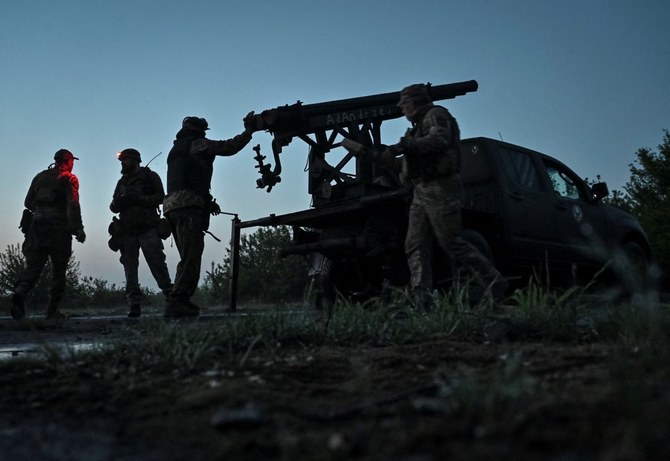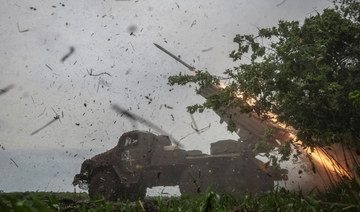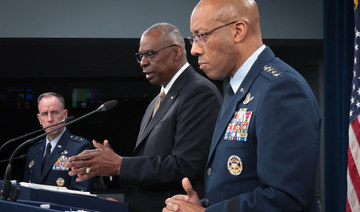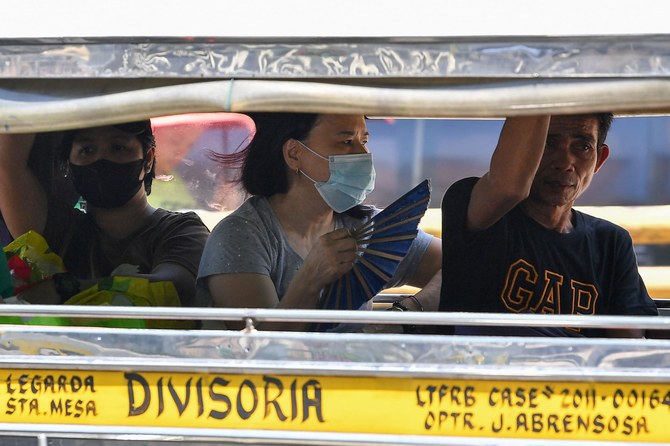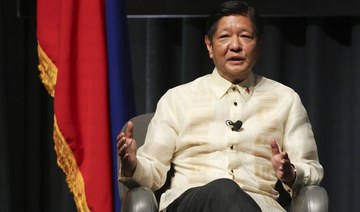Myanmar’s authorities will free around 700 prisoners from Yangon’s Insein jail on Wednesday, prison chief Zaw Zaw told Reuters, in a release that is expected to include some of the thousands of people detained for opposing military rule.
The prison chief said he did not have a list of those being released, but BBC Burmese language news reported it would include people accused of incitement after speaking out against the coup.
A crowd of people gathered ahead of the release outside the Insein prison, a colonial-era jail on the outskirts of the commercial hub of Yangon, photographs on social media showed.
The Myanmar Now news portal reported that across the country about 2,000 prisoners would be released. A prisons department official declined to comment.
Since the junta ousted the elected government of Nobel Laureate Aung San Suu Kyi on Feb. 1, authorities have faced daily strikes that have paralyzed official and private business, while ethnic insurgencies, that have beset Myanmar for decades, have also flared up. Many people have been arrested under section 505A of the penal code, which criminalizes comments that could cause fear or spread false news and is punishable by up to three years in jail.
More than 5,200 people are being held in detention, according to the Assistance Association for Political Prisoners activist group. It also says 883 people have been killed — a figure challenged by the junta.
On Tuesday, the army run Myawaddy television said authorities had dropped charges against 24 celebrities who had been declared wanted under the anti-incitement law after anti-government comments.
Actors, sportspeople, social media influencers, doctors and teachers have been among hundreds of people listed as wanted for opposing the junta.
Suu Kyi, 76, along with other members of her National League for Democracy (NLD) party have been held in detention since the military overthrew her elected civilian government.
She is accused of a series of offenses ranging from bribery and violating coronavirus protocols to illegally possessing two-way radios and incitement to commit crimes against the state — allegations her lawyers reject.
The military said it took power after accusing Suu Kyi’s party of a manipulated vote that swept it to power in a November poll, though the election commission at the time rejected its complaints. The NLD said it won fairly.




